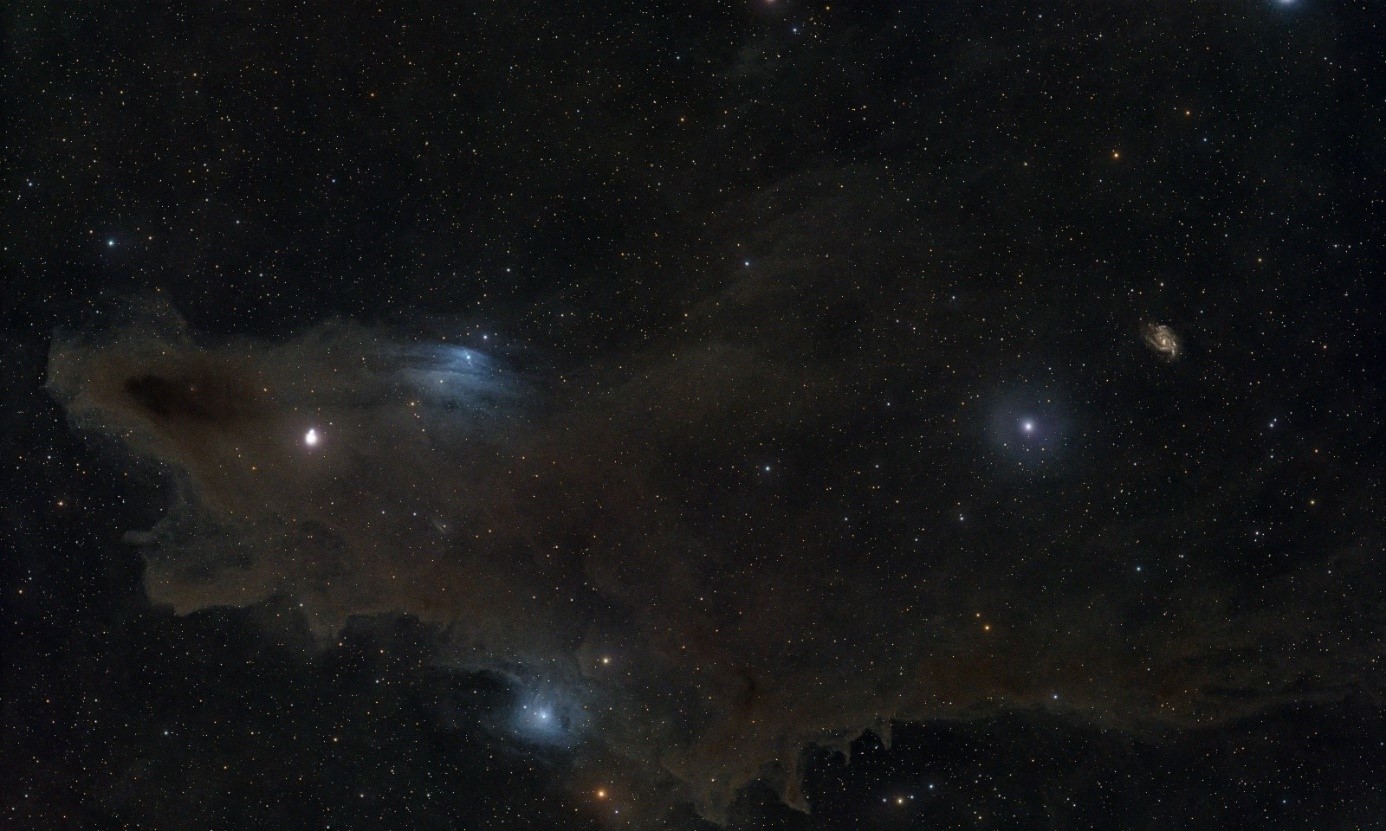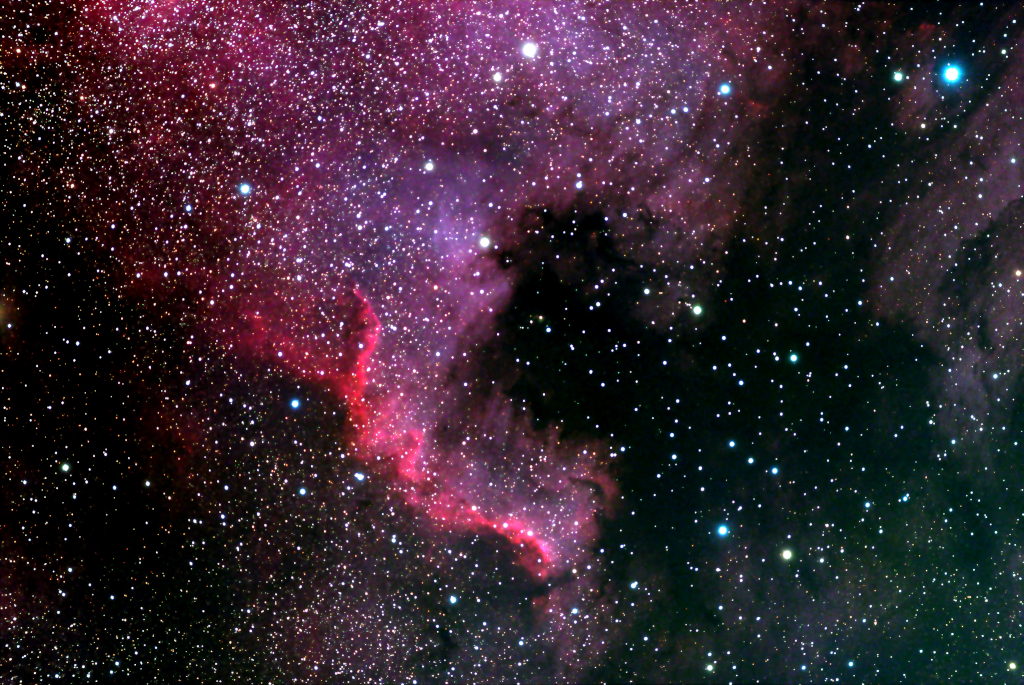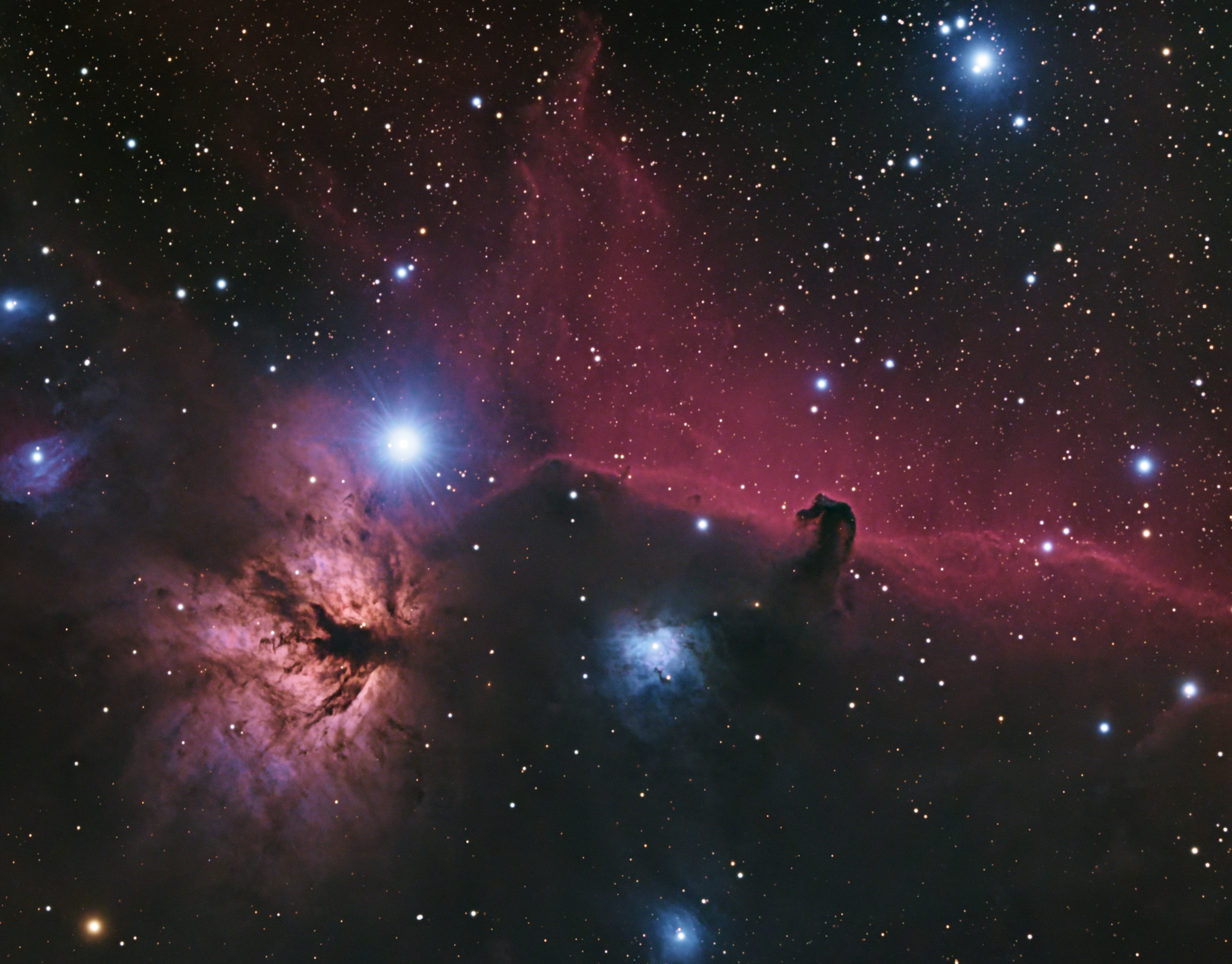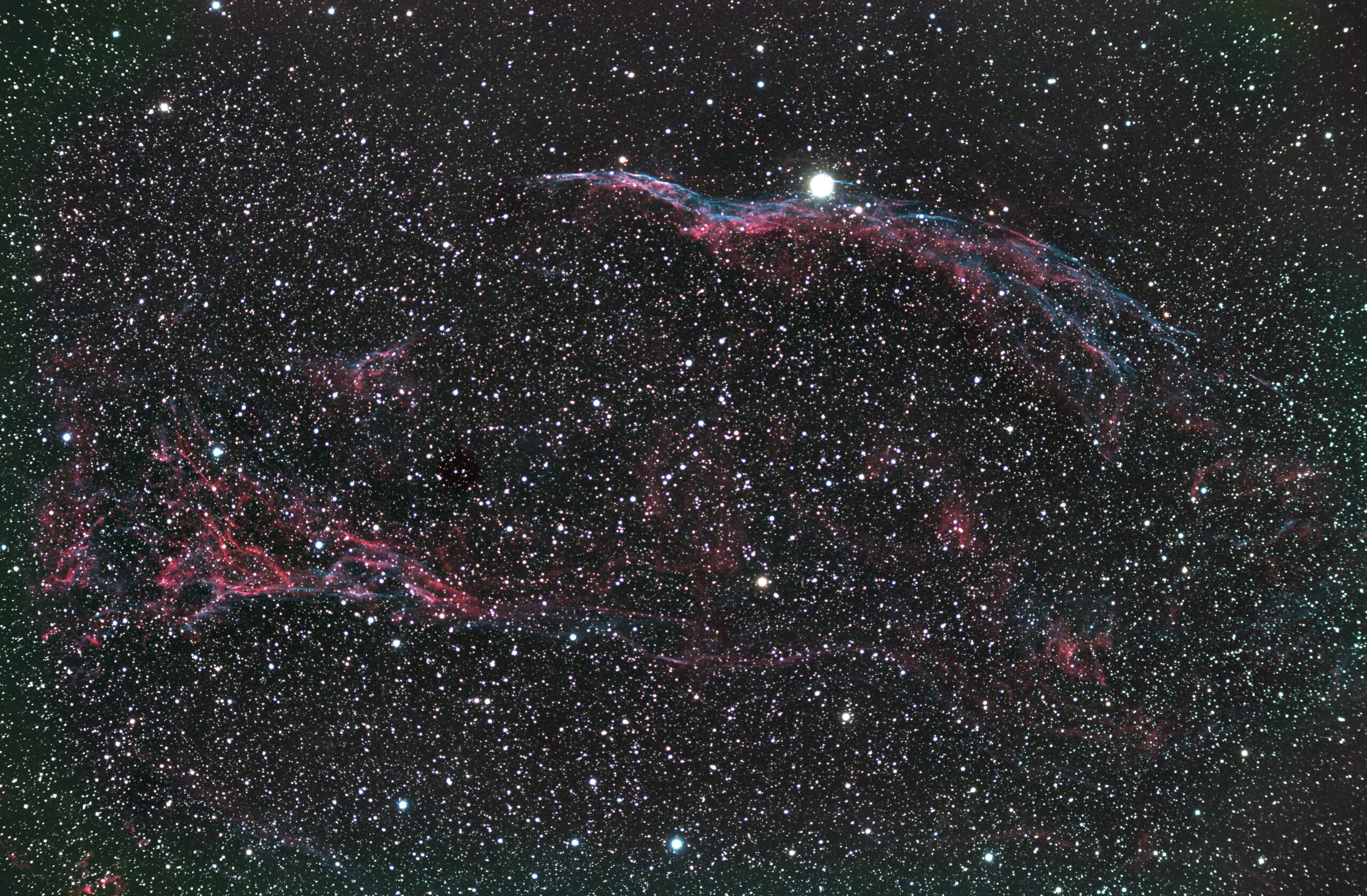Category: DeepSky
-

The World of Dark Nebulae
The vast majority of astrophotos show luminous objects such as galaxies, stars, luminous nebulae or supernova remnants. This is about dark nebulae, which appear dark with their dust and gas and are all the more difficult to spot, although they are all the more interesting as the origin of the stars. Beverly Lynds, who made an invaluable contribution in this field, is remembered.
-

Globular clusters – fascinating and ancient giants
Globular clusters turn out to be true jewel boxes in the night sky when magnified appropriately in the telescope. Hundreds of thousands or even millions of stars standing together in a spherical structure in one spot – often up to over 30,000 light-years away from us. But what exactly are globular clusters and are they all the same?
-

The UV source in the “Bahamas” and star birth in the “Gulf of Mexico” – The North American Nebula NGC 7000
On October 25th and 27th, 2024, the author photographed the North American nebula from an urban garden. Its appearance gives the nebula its name. The article is less about its appearance and more about some of the astrophysical properties of the nebula and the objects within it.
-

T Coronae Borealis – The Nova in the future
A star in the constellation Northern Crown is described, for which a drastic increase in brightness is expected this year 2024. The historical events of this nova are discussed, but above all the current state of knowledge about this star, which lights up regularly about every 80 years.
-

De Mairan's Nebula - M 43
The De Mairan Nebula, which is directly adjacent to the Great Orion Nebula, is often not mentioned at all when observing the entire region around the constellation Orion. But it may be the cause of the spectacularly glowing HII regions on the Sword of Orion.
-

The Horsehead Nebula in Orion - B33
The closest active star-forming region to Earth is in the constellation Orion in the so-called Horsehead Nebula. Over the past two decades, a great deal of research has been done to understand its structural structure and the mechanisms at work within it.
-

The Orion Nebula – M42
The Orion Nebula or M42 is probably one of the most striking and therefore well-known deep sky objects in the nighttime winter sky.
-

The Cirrus Nebula in Swan
An image of the Cirrus Nebula with a total exposure time of over four hours is presented. The location of the recording was in the urban area of Osnabrück, which was badly affected by artificial lighting. Nevertheless, the fine structures of this object could be imaged.
-

Whirlpool galaxy (M51)
The image shown is composed of several images from different projects: variable measurement, exoplanet measurement, etc. in the period from 2015 to 2020
-

Inside and outside our Milky Way
Color images with the mono camera QHY268M are shown. For this purpose, Fab filters are also used. The particular challenge was that one object stood above the bright city center of Osnabrück and the other object was very disturbed by the moon with 70% illuminated area.